Why You Have Stink Bugs & How to Finally Get Rid of Them
If you’ve been in pest management as long as I have, you see certain trends. But the arrival of the brown marmorated stink bug was something else entirely. I remember when the calls started pouring in. Homeowners were baffled by these slow, shield-shaped bugs that would suddenly appear by the hundreds on a warm fall day. They weren’t like other pests. They didn’t seem to be nesting or eating food; they were just… there. And, of course, if you got too close, you found out exactly how they got their name.
In this article
Since then, I’ve helped countless people deal with this yearly invasion. And I can tell you this: there’s no single magic spray. The real key is understanding why they show up and using that knowledge against them. This guide is all about stopping the problem before it starts, using the same techniques the pros use.
Why Your House is a Stink Bug Hotel
First things first, you need to know your enemy. The main bug causing all this trouble in North America is the Brown Marmorated Stink Bug. It’s not native to the area, having found its way here from Asia, and it spread like wildfire because it has very few natural predators here.
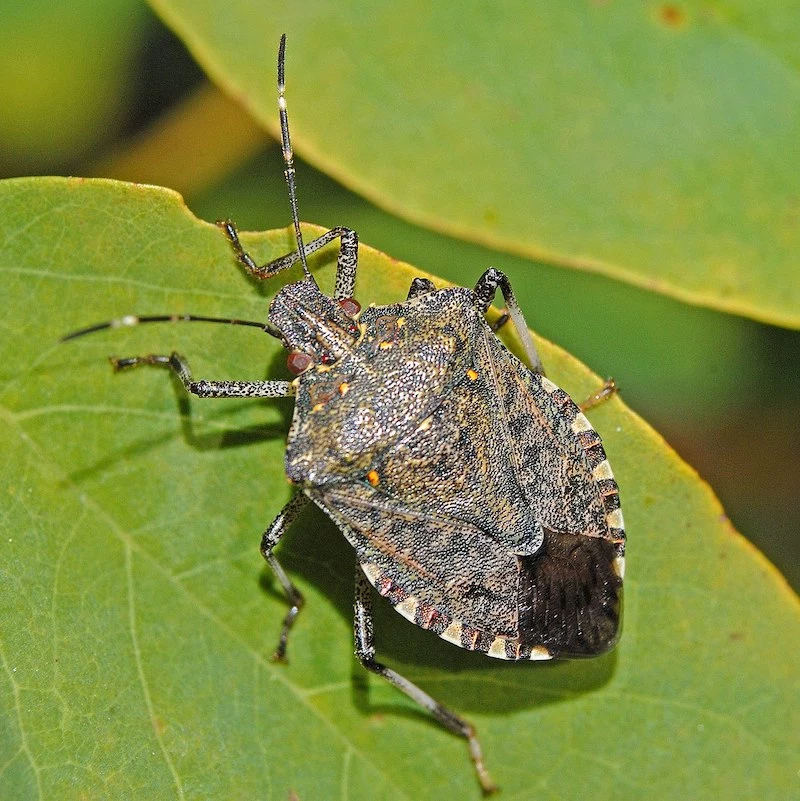
By the way, if you’re not sure if you have the right bug, here’s a quick identifier. The Brown Marmorated variety is about a half-inch long, with a classic shield shape and a mottled, brownish-grey color. The dead giveaway? Look for the distinct white bands on their antennae and legs. If you see those, you’ve got them.
Their Annual Game Plan
Stink bugs live a pretty predictable life. They spend the spring and summer outdoors, feeding on more than 300 different plants (which is why they’re such a headache for farmers). Once the days start getting shorter and cooler, their internal alarm clock goes off. It screams, “Find shelter for the winter!”
They enter a hibernation-like state to survive the cold, and to them, our homes are the perfect five-star resort. The siding, attics, and voids in our walls look like a cozy cave. It’s important to remember they aren’t there to breed or eat your house. They’re just looking for a winter rental property. The bugs you find inside during the winter are not laying eggs in your walls.
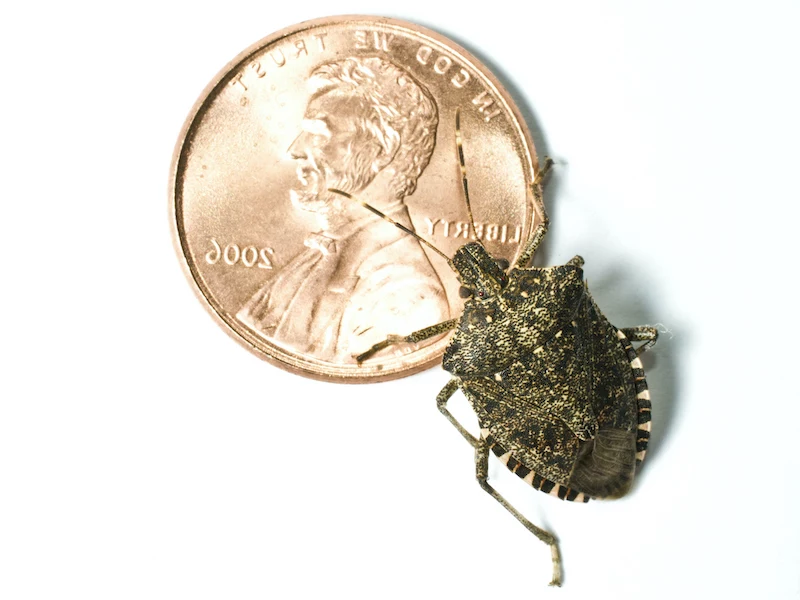
The Infamous Smell… and a Secret Weapon
That pungent, cilantro-ish odor they release when crushed is a defense mechanism. It’s basically an alarm that warns other stink bugs of danger. But that’s not the chemical you should be most worried about.
In the fall, they release something called an aggregation pheromone. It’s a chemical invitation that tells other bugs, “Hey, this is a fantastic spot to spend the winter!” One bug finds a safe nook on your house, sends out the signal, and soon all its friends and relatives are showing up.
Did you know? This pheromone is so powerful that researchers have observed it attracting other stink bugs from over half a mile away. It’s a chemical party invitation, and your house is the venue.
The Best Defense: Sealing Your Home Like a Fortress
I tell every single client the same thing: the most effective way to control stink bugs is to stop them from ever getting inside in the first place. An afternoon of prevention in late summer is worth weeks of frustration later. This whole process is called exclusion, and it just means sealing up every tiny crack they could possibly squeeze through. And they can fit through a gap just a few millimeters wide.
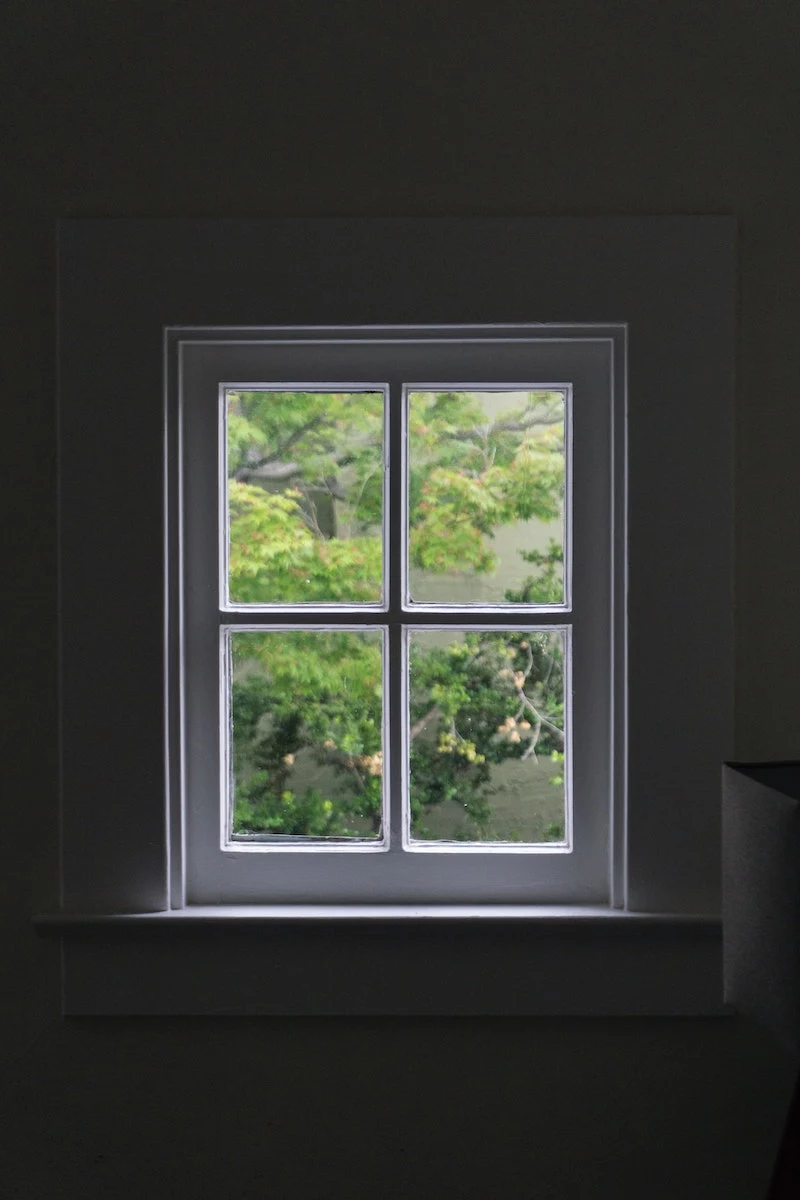
Your Weekend Project: An Exclusion Checklist
When I do an exclusion job, I work from the ground up. Here’s exactly what to look for:
- Foundation & Siding: Check for any cracks in the foundation or gaps where the house structure meets the concrete. Look for warped siding panels and pay close attention to the corner trim.
- Pipes and Wires: This is a major highway for them. Check where every utility line enters the house—plumbing, electrical, HVAC lines, you name it. Gaps here are incredibly common.
- Windows & Doors: Are your window screens torn? Even a tiny hole is a doorway. Is the weather stripping around your doors old and cracked? Also, check the little weep holes at the bottom of window frames; they are designed to let water out but can let bugs in.
- Up High: Look at the eaves and soffits where the roof overhangs the walls. Soffit vents are essential for ventilation but are also a common entry point. And an uncapped chimney is like leaving your front door wide open.
Quick Win: If you don’t have a whole weekend, the most impactful thing you can do is check your window screens. A 5-minute patch job or a roll of screen tape can close a major stink bug highway into your home.
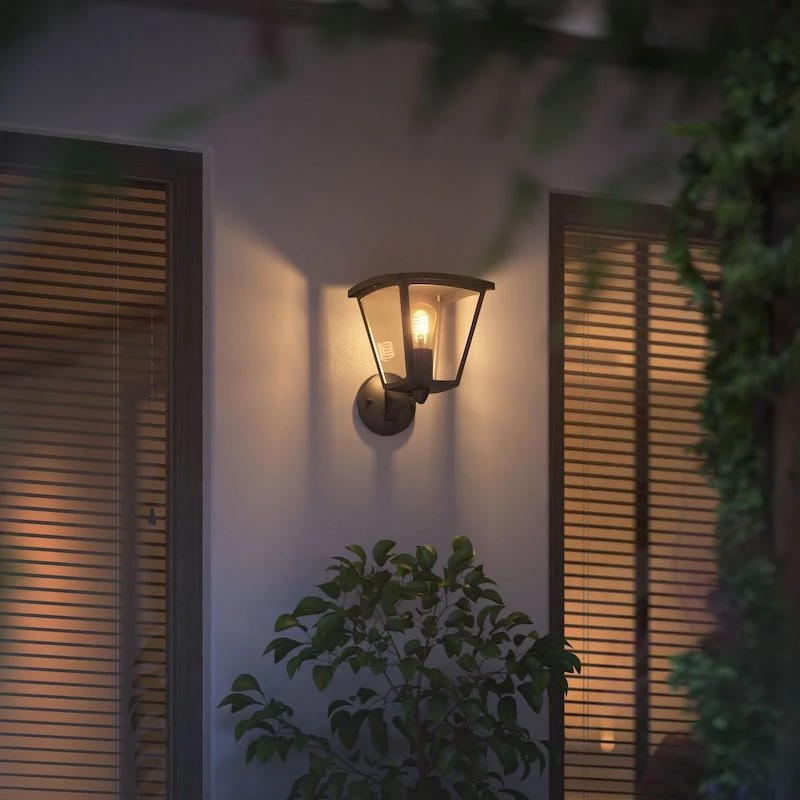
Your Exclusion Shopping List
Sealing up your house sounds intimidating, but it’s a pretty straightforward DIY project. A basic exclusion kit will run you about $50 at a place like Home Depot or Lowe’s. Here’s what to grab:
- Silicone Caulk: For gaps smaller than a quarter-inch, a quality silicone caulk is perfect. It’s flexible and lasts for years. A tube costs around $8.
- Caulking Gun: If you don’t have one, a decent one is about $15.
- Low-Expansion Foam: For larger gaps, especially around pipes. A can is about $10. Heads up! Make sure it’s the low-expansion kind. I once had a client use the high-expansion stuff around their vinyl windows, and it literally bent the frames. It was a nightmare to fix. Trust me on this one.
- Steel Wool: For stuffing into weep holes or other gaps you can’t caulk shut. A pack is about $5. Pests can’t chew through it, but it still allows for airflow and drainage.
- Fine Insect Mesh: For larger vents in your attic (like gable or soffit vents), you can staple this mesh over the openings from the inside. It blocks bugs without blocking critical airflow.

Okay, But What About the Bugs Already Inside?
Even with the best sealing job, a few determined bugs might sneak in. Your goal is to get rid of them without stinking up the place. Let’s compare the best methods.
The absolute best approach is a vacuum cleaner with a bag. It’s fast, effective, and contains the smell. But please, don’t use your bagless vacuum for this. The smell will cling to the plastic canister and you might never get it out. A close second is a soapy water trap. At night, fill a foil pan with an inch of water and a squirt of dish soap, then aim a small light at it. The bugs are drawn to the light, fall in, and drown. It’s cheap and works while you sleep, but it’s a passive method. The worst option? Squashing them. It’s free and instant, but the smell-risk is extremely high. You’re almost guaranteed to release that odor and potentially stain your wall.

Oh yeah, a quick tip for the vacuum. My favorite method is the pantyhose trick. Just slip an old knee-high stocking into the vacuum wand and secure it around the outside with a rubber band. The bugs get trapped in the stocking. When you’re done, you just pull the stocking out and toss it. No mess, no smell in your vacuum.
And if you do accidentally crush one and stain the wall? Don’t scrub! Gently blot the spot with a cloth dipped in a little soapy water or a bit of rubbing alcohol.
A Note on DIY Sprays
Honestly, most of the homemade repellent recipes you find online are pretty useless. Essential oils like mint or garlic might bother a single bug you spray directly, but they don’t create a lasting barrier and can stain your walls. A better DIY option is a simple soap spray (a tablespoon of dish soap in a quart of water) as a contact killer. It works by dissolving their waxy exoskeleton, but you have to drench the bug directly, and it has zero effect once it dries.
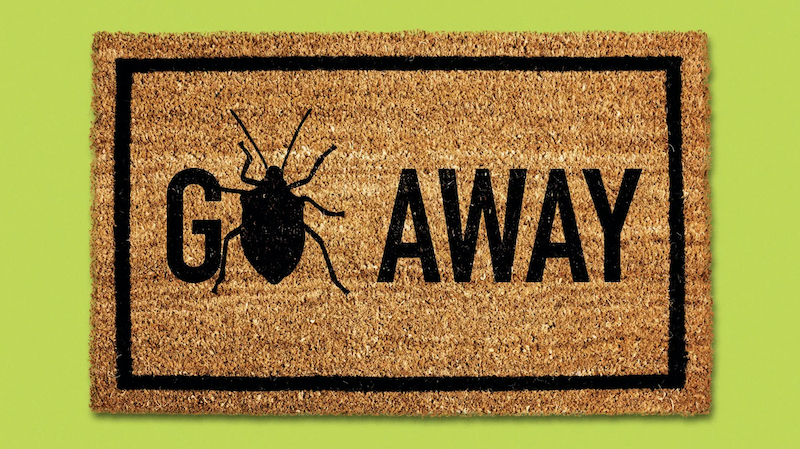
CRITICAL WARNING: Never, ever make a spray from soaking tobacco in water. Some sites suggest this, but nicotine is a powerful, unregulated poison. It’s dangerous to you, your kids, and your pets. It’s just not worth the risk.
When to Call in the Professionals
I’m a big believer in using chemicals only as a last resort. But for a severe, recurring infestation, a targeted, professional perimeter treatment is often the most effective and responsible choice. Expect a professional spray for a standard-sized home to cost between $150 and $350. It sounds like a lot, but if you’re tearing your hair out every fall and spring, it can be a sound investment.
But timing is everything. Spraying for bugs inside your house during the winter is a total waste of money. The only effective time for a chemical treatment is a preventative one on the exterior of your home in the late summer or early fall, right before they start looking for shelter.
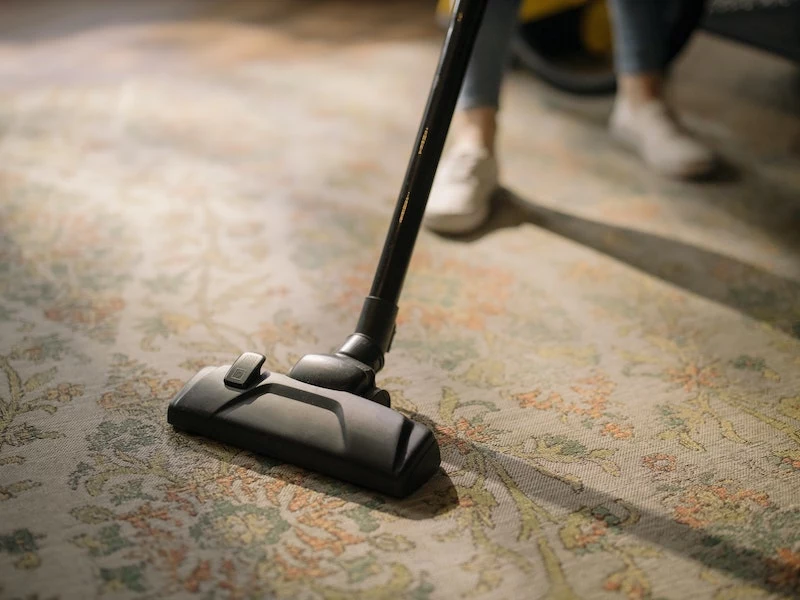
A licensed technician will use products designed to bond to surfaces and last for weeks, creating a protective barrier. We’re trained to apply them in a targeted way—around windows, under siding, along eaves—while protecting pollinators and the environment. This is not a DIY job for a weekend. The risk of misusing concentrated chemicals is just too high.
Final Thoughts and Common Questions
Do they bite? Nope. Their mouth is a tiny straw for sipping plant juice. They’re harmless to people and pets.
Do they damage the house? No, they don’t eat wood or drywall like a termite. The only damage they might cause is a small stain on your curtains if you crush one.
Why am I seeing them in the spring? Those are the survivors. They spent the winter in your walls and are now trying to get back outside. It’s the end of last year’s invasion, not the start of a new one.
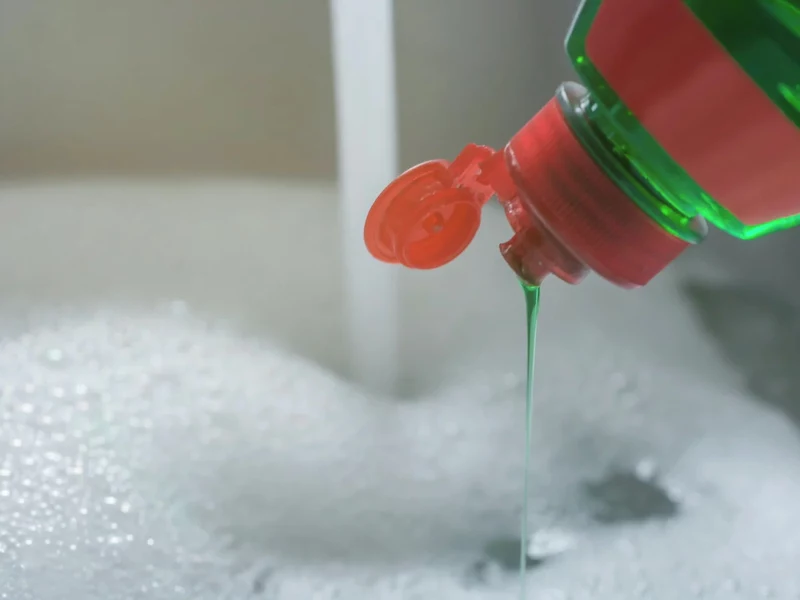
Ultimately, beating stink bugs is a marathon, not a sprint. It takes a year-round mindset. Seal your house in the late summer, manage the few that get in, and if the problem is overwhelming, make a smart investment in a professional who can stop the cycle before it begins.
Inspirational Gallery
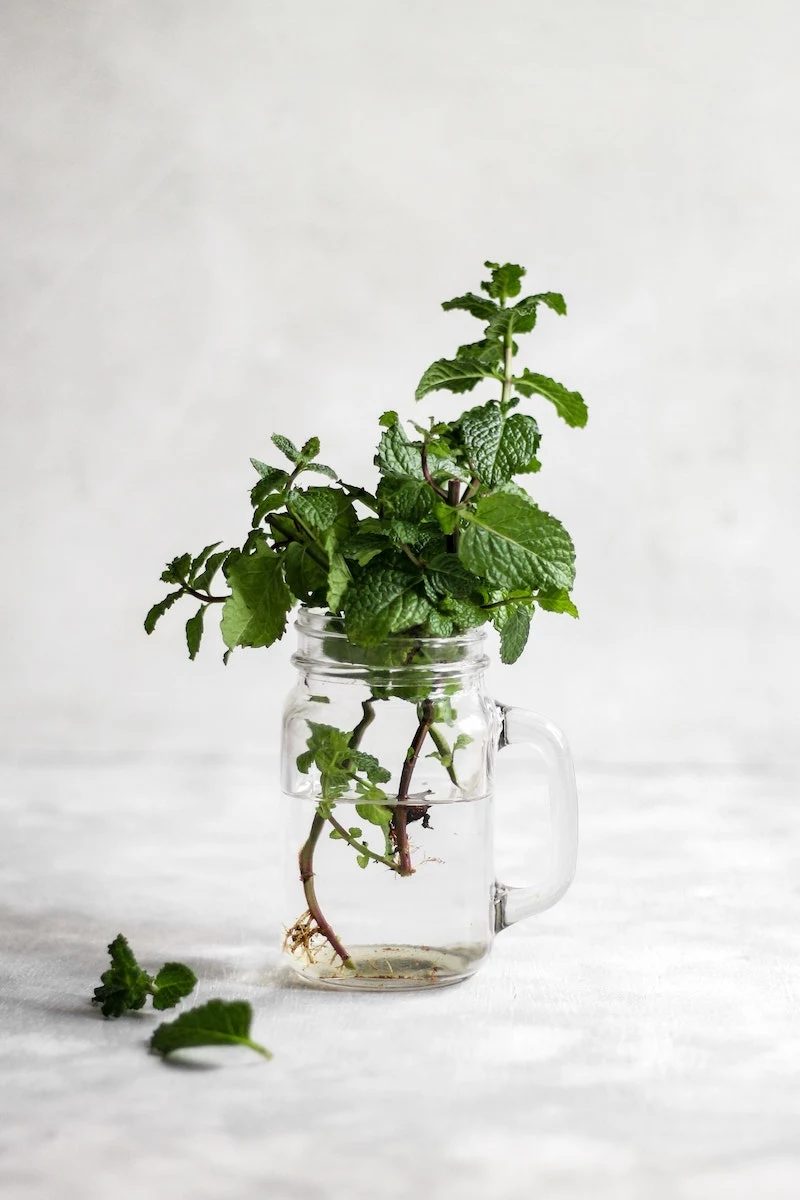
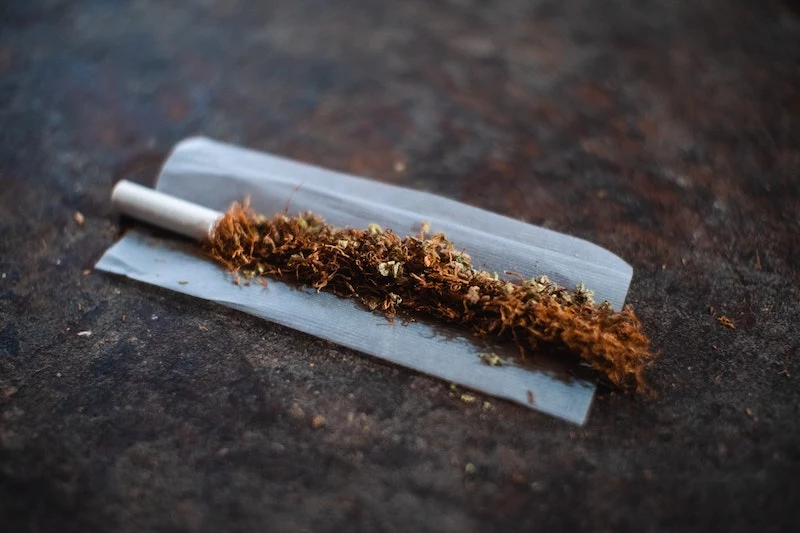
Don’t just seal windows and doors. Stink bugs are masters of finding obscure entry points. Check the exterior openings for utility pipes, cable and phone lines, and even outdoor water spigots. A small gap around a pipe is a superhighway for them. Use expandable foam or a quality exterior caulk to seal these often-overlooked vulnerabilities before the first cool nights of fall.
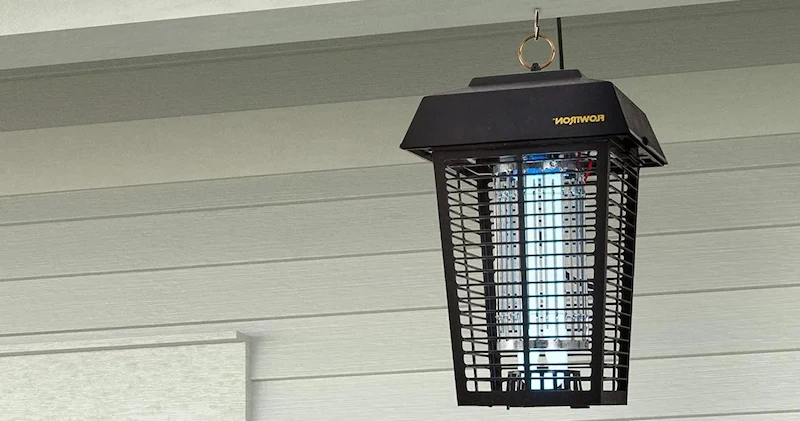
- Traps them on contact without a foul-smelling spray.
- Safe for use around pets and children.
- Works day and night to reduce the indoor population.
The secret? A simple desk lamp and a pan of soapy water. Place the pan under the lamp in a dark room. The bugs are attracted to the light, fall into the soapy water, and can’t escape. It’s a surprisingly effective DIY trap for the ones that have already made it inside.

According to the U.S. Department of Agriculture, the brown marmorated stink bug is a significant agricultural pest, feeding on nearly 170 different plants, including key crops like apples, peaches, corn, and soybeans.
This explains why they are so widespread. They aren’t picky eaters and thrive in diverse environments, from rural farms to suburban gardens. The massive populations built up over the summer are what lead to the overwhelming autumn invasions of our homes.
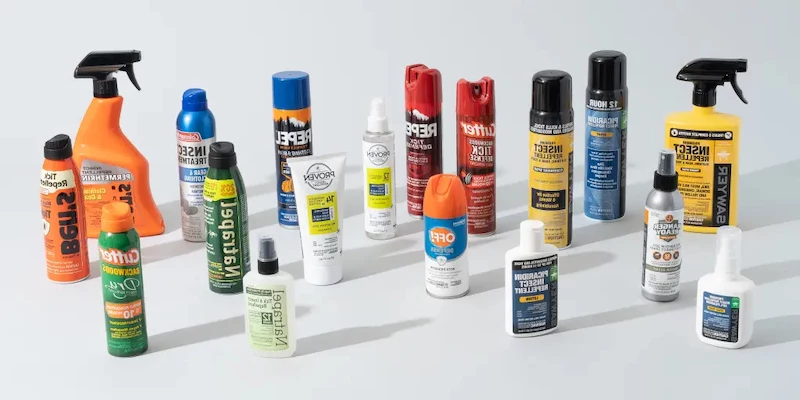
The Smell Factor: The infamous stink bug odor is a defensive aldehyde-based compound. When you crush one, you release this potent scent, which acts as an alarm pheromone. It can signal danger to other bugs, but some entomologists believe it might also inadvertently attract more stink bugs to the area over time. Your best bet is always to vacuum them up and dispose of the bag immediately.
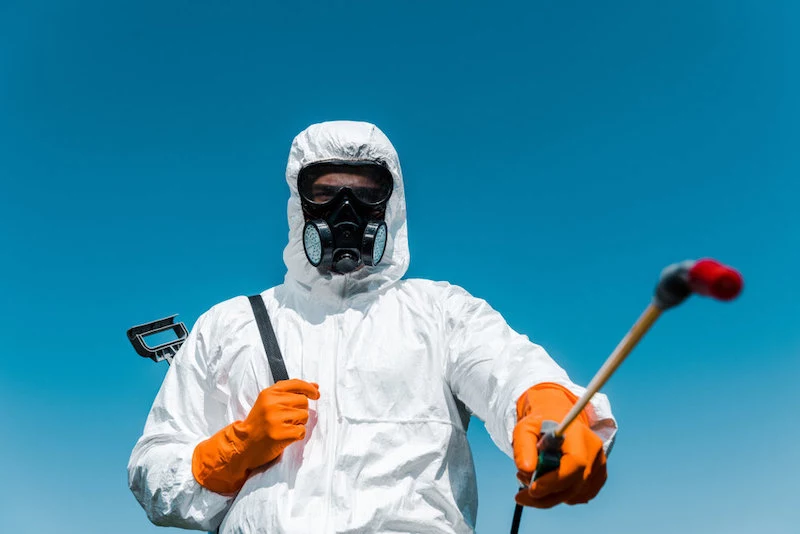
When it comes to creating a physical barrier, not all sealants are created equal. You need materials that can withstand seasonal temperature changes without cracking.
- Silicone Caulk: For gaps around window frames and siding. Brands like DAP offer durable, waterproof options that remain flexible.
- Weather Stripping: Essential for sealing the moving parts of doors and windows. Choose a high-quality V-strip or foam tape.
- Fine-Mesh Screening: Use it to cover attic vents or chimneys. A mesh of 1/8 inch or smaller is effective against stink bugs without impeding airflow too much.
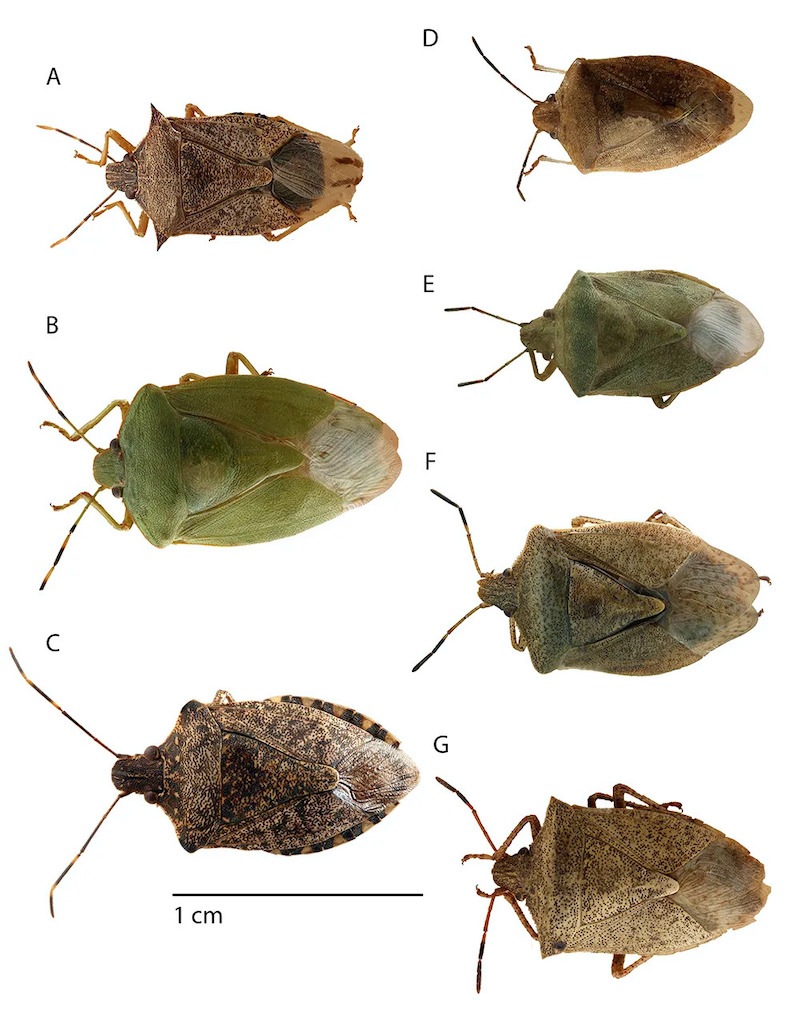
Can’t I just use a bug zapper on my porch?
While it might seem like a good idea, outdoor bug zappers are generally ineffective against stink bugs. These devices primarily attract insects like moths and beetles, not the stink bugs seeking shelter on your siding. Worse, they can kill beneficial insects that might prey on other pests in your garden. For stink bugs, a targeted approach on the house itself is far more effective.
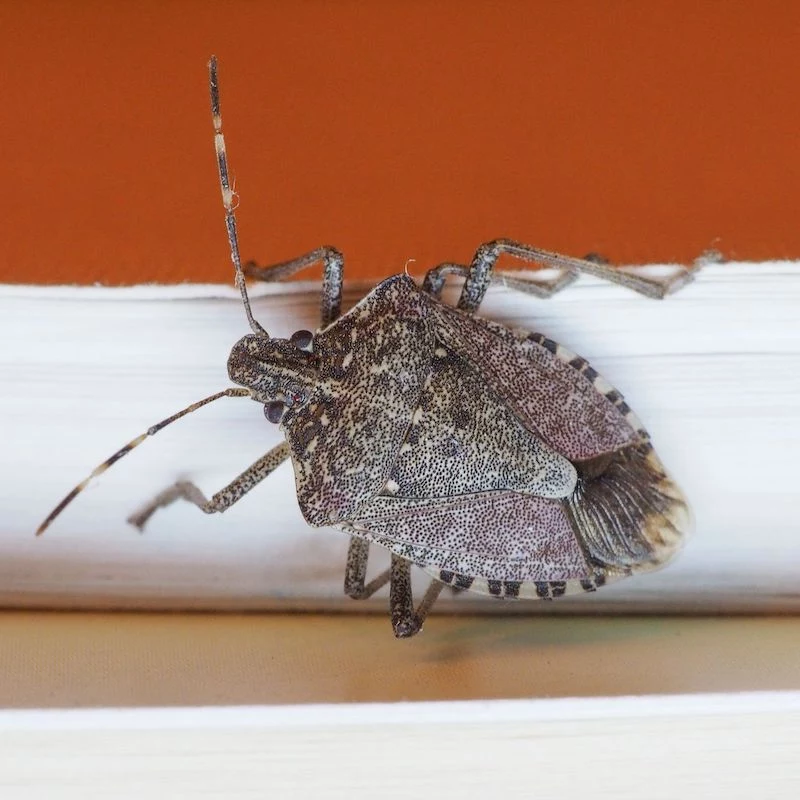
Diatomaceous Earth: This is a natural, abrasive powder made from fossilized algae. When sprinkled around window sills and entry points, it compromises the bug’s waxy outer layer, causing it to dehydrate. It’s a slow but persistent and non-toxic method.
Pyrethrin-based Insecticides: These are synthetic sprays, like those from Ortho or Spectracide, that offer a quick knockdown effect. They create a toxic barrier that kills bugs on contact. They are more potent but require careful application according to the label, especially in homes with pets or children.
For a preventative outdoor barrier, pyrethrins are fast and effective. For indoor spots or a more natural approach, diatomaceous earth is a safer bet.
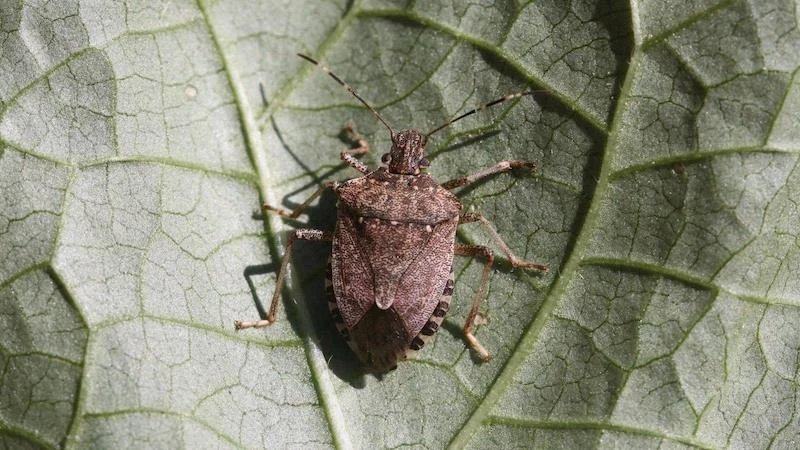
Did you know? There are over 250 species of stink bugs in North America alone, but the Brown Marmorated Stink Bug (BMSB) is the primary culprit behind major home invasions.
While you can’t rely on them to solve an infestation, your garden’s ecosystem plays a role. Spiders, assassin bugs, and even some predatory wasps and praying mantises will prey on stink bugs. Encouraging a healthy garden with native plants can support these natural predators, creating a less hospitable environment for stink bugs to thrive in your yard before they ever reach your house.










